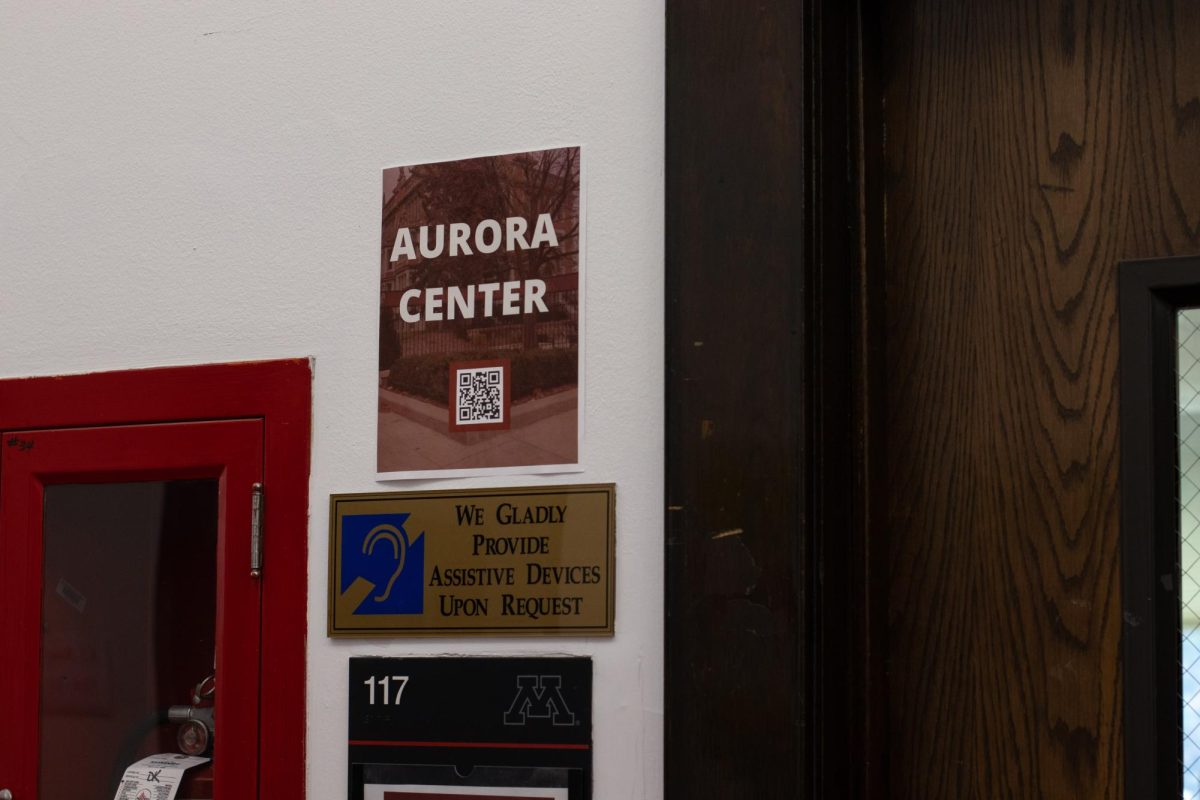Last week, it was announced that Victoria’s Secret stock has dropped 41 percent in 2018. The lingerie company has been steadily losing steam over the past few years, which may be surprising considering the growing spectacle the Victoria’s Secret Fashion Show creates and the lasting reputations of the models who walk in it. However, it’s not as much of a shock as one might assume.
Victoria’s Secret is losing customers more rapidly than it can gain them, because its entire business model is grounded in the premise that women have a duty to be sexy for men. This is not only something women have rejected in recent years, but is a cultural norm that is largely inconsistent with modern women.
Don’t get me wrong — I shopped there. I begged my mother to let me sport their neon push-up bras and proudly strutted in sequin-studded cotton yoga pants. It’s practically a right of passage for young women, and I’m not proud of it — but it happened.
But there’s a reason why I was I was so desperate to spend all my babysitting money on overpriced undergarments. Victoria’s Secret, among other social influencers, fosters and feeds on the low self-esteem of women and girls by constantly convincing them that their attractiveness and worth can only be found in scant lace, plastic-bottled perfume and a material brand.
The truth of the matter is that Victoria’s Secret created an empire completely based on the submissive woman who tries to make up for her lost worth in semi-annual sales of ill-fitting bras. The problem with a business model that is hinged on this demographic is it can be completely corrupted by confidence.
When I stopped shopping at Victoria’s Secret and opted for better fits and cheaper prices, it was because I realized I had value outside of the way I look and beyond my ability to be seductive. I am still valuable without dropping a pretty penny on my undergarments.
That is why, as Victoria’s Secret prepares to meet its maker, other lingerie and intimates brands have found success. Aerie, the American Eagle brand, has been dubbed one of Victoria’s Secret’s biggest competitors. While Victoria’s Secret continues employing stick-thin models with airbrushed skin and unachievable proportions, Aerie’s marketing campaign is all about the real, different and unapologetic.
Women of all colors, shapes and sizes make silly faces in comfortable bras. Even women in wheelchairs are plastered on Aerie’s billboards preaching body positivity and inclusivity. They even – gasp – show the women’s cellulite.
Rihanna has also created her own lingerie line, SAVAGE X FENTY, intended to be affordable and fit all women in both size and color. She even created the unthinkable – nude bras for women of color. Rihanna employs women of all colors, as well as pregnant women, in her marketing campaign.
As new lingerie brands break stereotypes and preach inclusivity, there is truthfully no room for the stale tactics of misogynist branding. Victoria’s Secret continues to contribute to a toxicity in beauty culture and create new impossible standards for girls to compare themselves to. Society has simply moved beyond the outmoded notion that it is a woman’s responsibility to be sexy for men.
It is the end of the PINK era, and I, for one, am saying sayonara.







